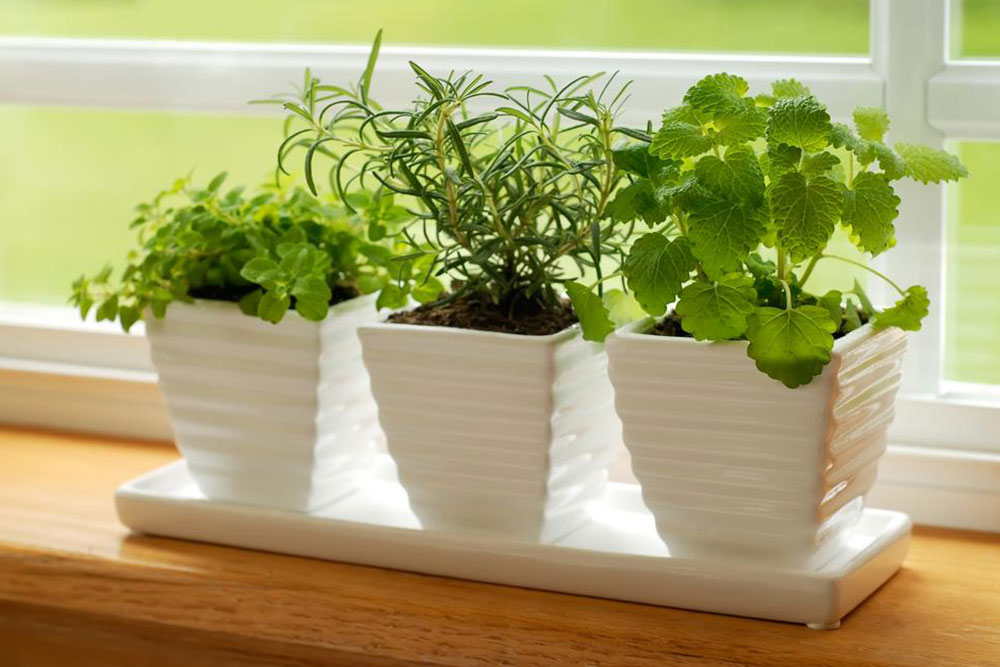Expert Tips to Encourage Your Moth Orchids to Bloom Again
Discover effective strategies to encourage your Moth orchids to rebloom indoors. From optimal watering, humidity, and lighting to soil mix and temperature management, these expert tips will help you promote multiple flowering cycles. Perfect for orchid enthusiasts wanting vibrant blooms year-round.

Expert Tips to Encourage Your Moth Orchids to Bloom Again
Moth orchids, or Phalaenopsis, are cherished for their stunning appearance and simple cultivation. Their flowering period can last several months, but triggering a second bloom can be challenging. Typically blooming once yearly, these orchids require proper care post-flowering to thrive until the next cycle.
Strategies to Promote Repeat Blooming
Watering and Humidity
Maintaining appropriate moisture and humidity levels is vital. Even minor neglect can hinder flowering. Use a well-draining medium like fir bark and water regularly, ensuring roots don’t dry out. During dry seasons, increase humidity with pebble trays or humidity mats, keeping pots above water without submerging them.
Growing Medium
Moth orchids are epiphytes, thriving in a chunky mix of pine bark, charcoal, and sphagnum moss that ensures fast drainage and promotes healthy root airflow.
Feeding
Regular fertilization with specialized orchid fertilizers supports healthy growth and flowering. Use water-soluble formulas designed for orchids for best results.
Lighting
Provide bright, indirect light for optimal health. Phalaenopsis prefer filtered sunlight or full-spectrum grow lights, avoiding direct sun exposure.
Temperature Management
Nights play a crucial role—temperatures should drop 10 to 15°F to stimulate blooming. Maintaining a cooler night environment encourages flowering cycles.
These practical tips will help you select ideal indoor spots and caring routines to encourage your Moth orchids to rebloom successfully.Note:
Our blog offers diverse, insightful content on various topics. While we strive for accuracy, readers should consider our information as general guidance. We are not responsible for discrepancies or inaccuracies elsewhere. Some offers or schemes may not be covered here; always explore additional resources for comprehensive care tips.










